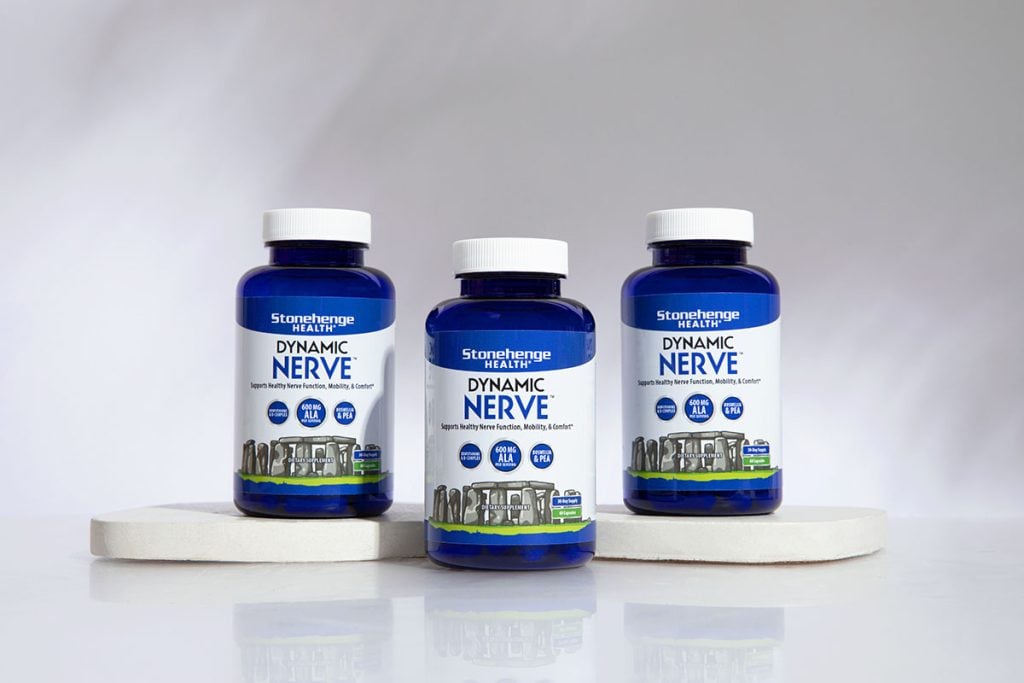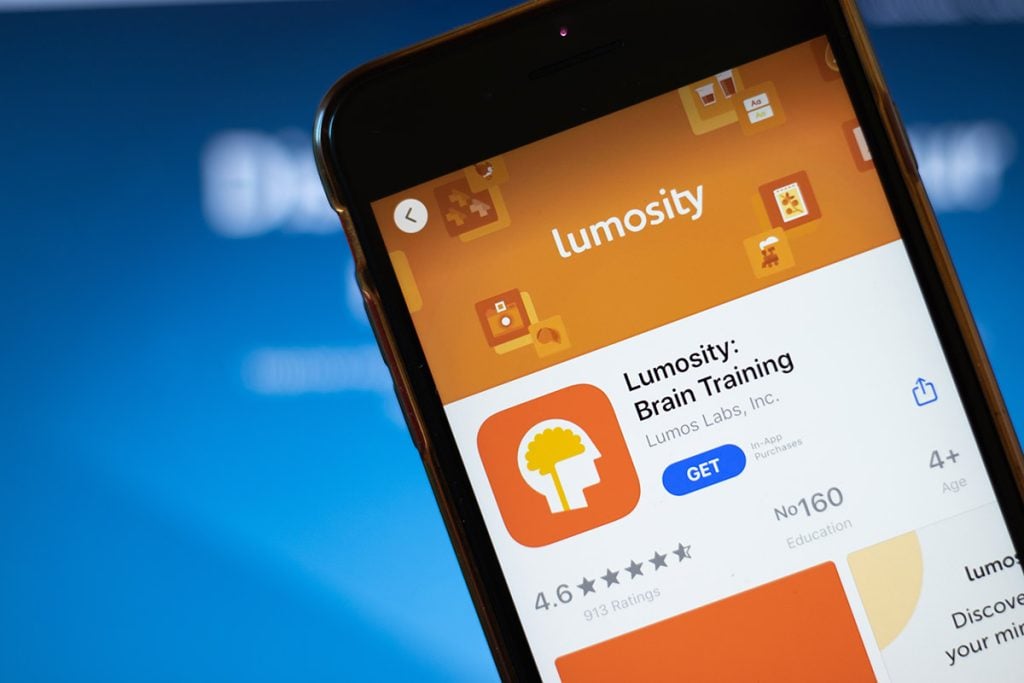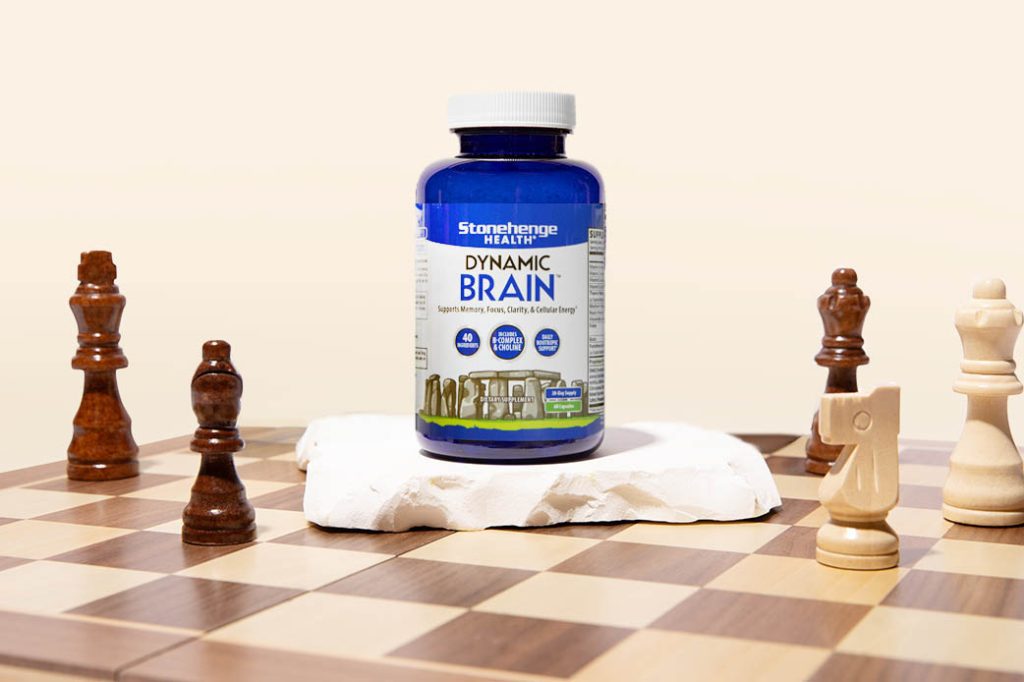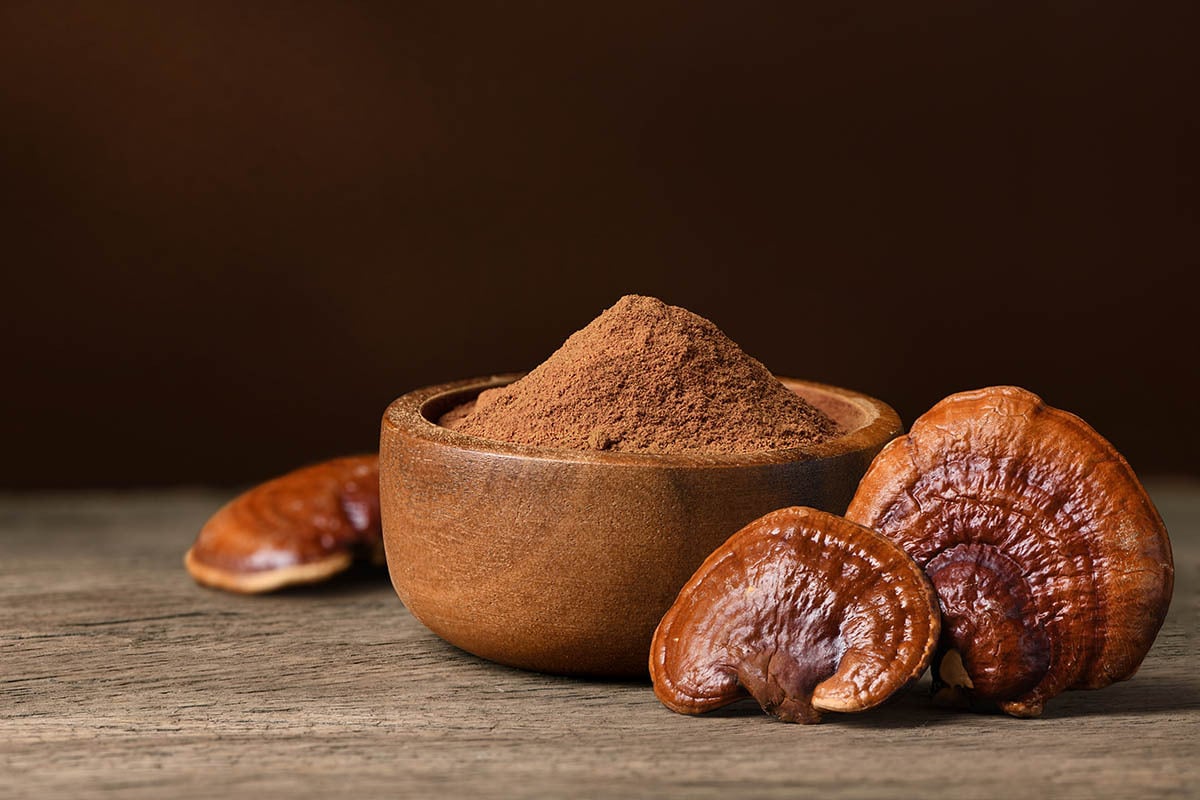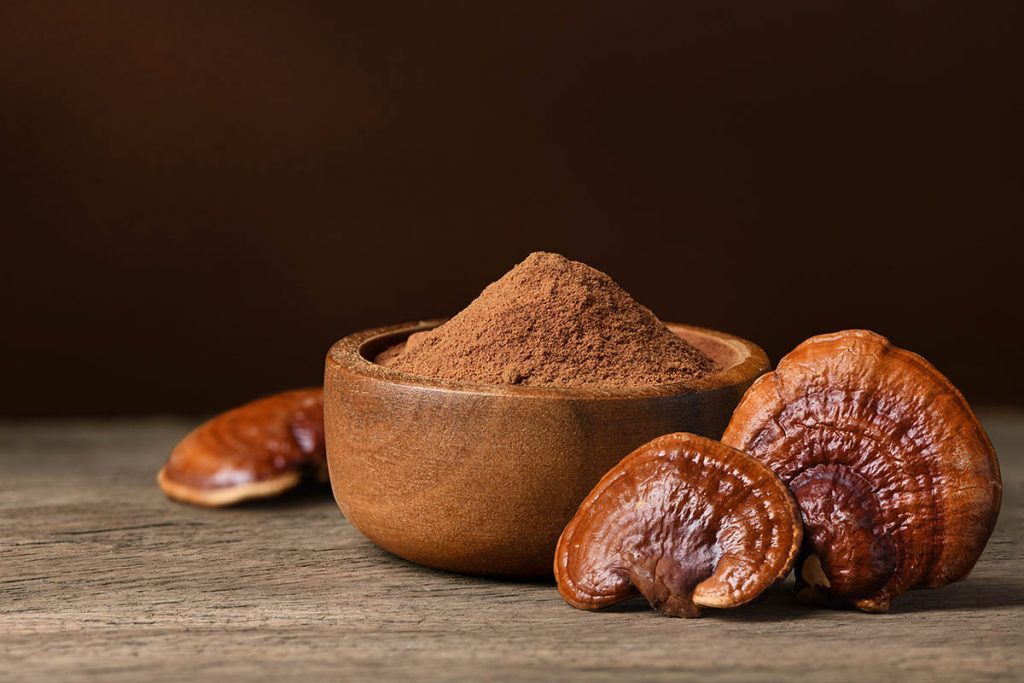
Joint discomfort affects 92 million Americans
This pervasive issue ranges from nagging aches to debilitating discomfort that can cause people to skip even their favorite physical activities.
We recently wrote an article diving into the many causes of joint discomfort, but today, we want to zoom in on a cause that often flies under the radar:
Vitamin D deficiency.
Believe it or not there is a correlation between joint discomfort and low levels of Vitamin D.
So let’s unpack this topic and uncover how a lack of Vitamin D may be contributing to the millions of Americans suffering from joint issues.
What is Vitamin D?

Vitamin D (often referred to as the Sunshine Vitamin) is a fat-soluble vitamin essential for bone strength and immune function. It exists in two forms:
1. Vitamin D2 (ergocalciferol) from plant-based sources and fortified foods
2. Vitamin D3 (cholecalciferol), which is produced in the skin from sunlight and is found in animal-based foods and supplements
Dietary sources of Vitamin D are limited but include fatty fish like salmon and sardines, fish liver oils, beef liver, cheese, and egg yolks. Many foods are fortified (meaning Vitamin D is added) with Vitamin D, such as milk, orange juice, and cereals.
Vitamin D also modulates immune responses to help protect against infections and chronic diseases. Adequate levels may support muscle function, cardiovascular health, and mood regulation.
But here’s the kicker:
Approximately 42% of Americans are Vitamin D deficient.
This deficiency can lead to various health issues, including bone disorders, weakened immune function, and increased risk of chronic diseases.
The Role of Vitamin D in Joint Health

Vitamin D plays a crucial role in maintaining overall bone and joint health. Here’s how a deficiency in this essential nutrient can lead to joint pain:
Bone Health

We all know how critical Vitamin D is for bone health. That’s because Vitamin D has a large impact on how the body absorbs calcium. In fact Vitamin D’s primary role in the body is to control calcium levels in the blood. Therefore without sufficient vitamin D, your body can’t absorb enough calcium, leading to weaker bones and an increased risk of fractures and osteoporosis. Weak bones can contribute to joint pain and discomfort.
Cartilage Protection

Vitamin D helps maintain the health of cartilage, the flexible tissue that cushions joints. A deficiency can lead to the degradation of cartilage, causing conditions like osteoarthritis, where the “cushioning” wears down, resulting in bone-on-bone friction and pain.
Muscle Function

Adequate levels of vitamin D are essential for muscle function. Weak muscles can lead to poor joint support and increased pain, as strong muscles help stabilize joints and reduce strain.
Immune System Regulation

Vitamin D modulates the immune system. A deficiency can lead to an overactive immune response, contributing to autoimmune conditions like rheumatoid arthritis, where the body’s immune system attacks its own joints.
Sunlight Exposure

People with joint pain often find themselves trapped indoors, reducing their exposure to sunlight, a natural source of vitamin D. This can create a vicious cycle where less sunlight leads to lower vitamin D levels, worsening joint pain.
Research Findings on Vitamin D Deficiency and Joint Health

Consistent findings across multiple studies have highlighted the role of Vitamin D in maintaining musculoskeletal health.1-2
Deficiencies are associated with an increased risk of fractures, muscle weakness, and joint discomfort, emphasizing the importance of maintaining adequate vitamin D levels.
Research has also demonstrated a strong link between low vitamin D levels and the progression of osteoarthritis.3
Specifically, vitamin D deficiency was correlated with more rapid cartilage deterioration and increased severity of discomfort.
All this begs the question:
How can you get sufficient Vitamin D in your life?
How to Maintain Optimal Vitamin D Levels

Maintaining optimal vitamin D levels is crucial for health, and there are 3 effective ways to achieve this.
1. Diet: Incorporate foods rich in vitamin D, such as fatty fish (salmon, mackerel, sardines), egg yolks, and fortified products like milk, orange juice, and cereals.
2. Sun exposure: Spend about 15 minutes outside
3. Supplementation: Another practical approach, especially for those not getting enough vitamin D from diet or sunlight. Vitamin D supplements can help maintain adequate levels. Men and Women aged 19-70 should aim to get 600 IUs everyday. That amount increases to 800 IU for men and women 70 and older.
And guess what?
Stonehenge Health has a new supplement called Dynamic Joint formulated to ease joint discomfort in as little as 5 days AND it contains 100% your recommended Daily dose of Vitamin D in the form of D3. Talk about getting the most bang for you buck.

Sources:
1. Laslett, Laura L et al. “Moderate vitamin D deficiency is associated with changes in knee and hip pain in older adults: a 5-year longitudinal study.” Annals of the rheumatic diseases vol. 73,4 (2014): 697-703. doi:10.1136/annrheumdis-2012-202831
2. Namutebi, Fiona et al. “Vitamin D and its association with symptom severity in knee osteoarthritis: a cross sectional study at a national referral hospital in Uganda.” BMC rheumatology vol. 5,1 56. 27 Dec. 2021, doi:10.1186/s41927-021-00228-w




















































